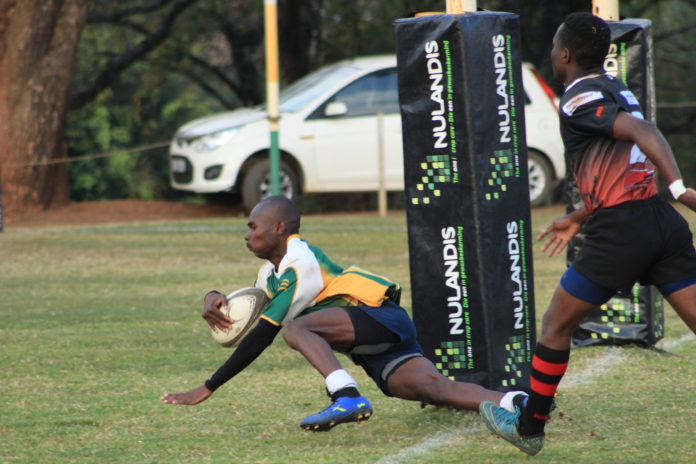
The time for an opposing rugby team to score a ‘cheap’ try is something of the past. This comes after World Rugby has announced that, with immediate effect, it will no longer be possible to score a try by grounding the ball against the post protector.
The minor amendment to Law 8 was approved by the World Rugby Council during a special meeting held via teleconference on Tuesday the 12th of May. This decision followed a recommendation by the international federation’s Rugby Committee and specialist Laws Review Group.
With defending players currently legally obliged to stay behind the goal-line and post-protector shape and size increasing for welfare reasons, it is increasingly difficult for teams to legally defend this area.
In some extreme cases, post protectors have been lifted or moved by defending teams, leaving the posts exposed and therefore increasing the risk of injury.
The amended law determines from now on that the post protector is no longer an extension of the goal-line and therefore according to Law 8.2 (a), a try is now scored when the attacking player is first to ground the ball in the opponents’ in-goal area.
Wikus Swart, the head coach for the first team of Letaba Rugby Club, said it is good that this law has been amended. He said teams that have planned their attacks with the idea to draw advantage has now been snubbed since the change in this law. Swart said the new law should have been introduced a long time ago as the old law did not make sense at all.
“Let’s say the goal line has a width of 300mm, adding the post protectors which stands out against the goal line with at least another 150mm, of course will the attacking team have an advantage. I am comfortable with the amendment of this law”, said Swart.
Another local rugby expert who was a former referee, player and coach for amongst other Hoërskool Ben Vorster and Letaba Rugby Club, Johan Steyn, also added his voice for the sport he grew so passionate about.
“I agree 100 percent with the change of this law and how it will be implemented in future. It will make it surely more difficult for the opposing side to score a try. The protectors have also become a bit oversized since it was introduced way back then. The pole between the defender and attacker made it impossible to prevent someone from scoring a try, it was almost a certain given that the try would be awarded”, said Steyn.
But here is a good question for the decision makers at World Rugby and Rugby South Africa. Why does the bottom posts need to be planted right in line with the goal line? The Americans have a good concept going in their National Football League regarding their goal posts.
The top upright posts are still in line with the score line, but a single pole is rather mounted in the middle underneath the horizontal post that it points in the direction of the deadline. The pole is then bended downward and planted on the deadline.
In this way there are no poles in the way of the players and the chance of someone getting injured is basically eliminated. And the ball still gets to be kicked through the posts, whether for a drop goal, penalty or a try conversion.
World Rugby’s Chairman, Sir Bill Beaumont, said that it is World Rugby’s mission to make the game as simple, safe and enjoyable to play as possible. He said that this law amendment reflects that mission.
“By stipulating that an attacking team can no longer score against the post protector and therefore must ground the ball in-goal, gives defending teams a fair chance of preventing a try from being scored”, Sir Beaumont said.
























































